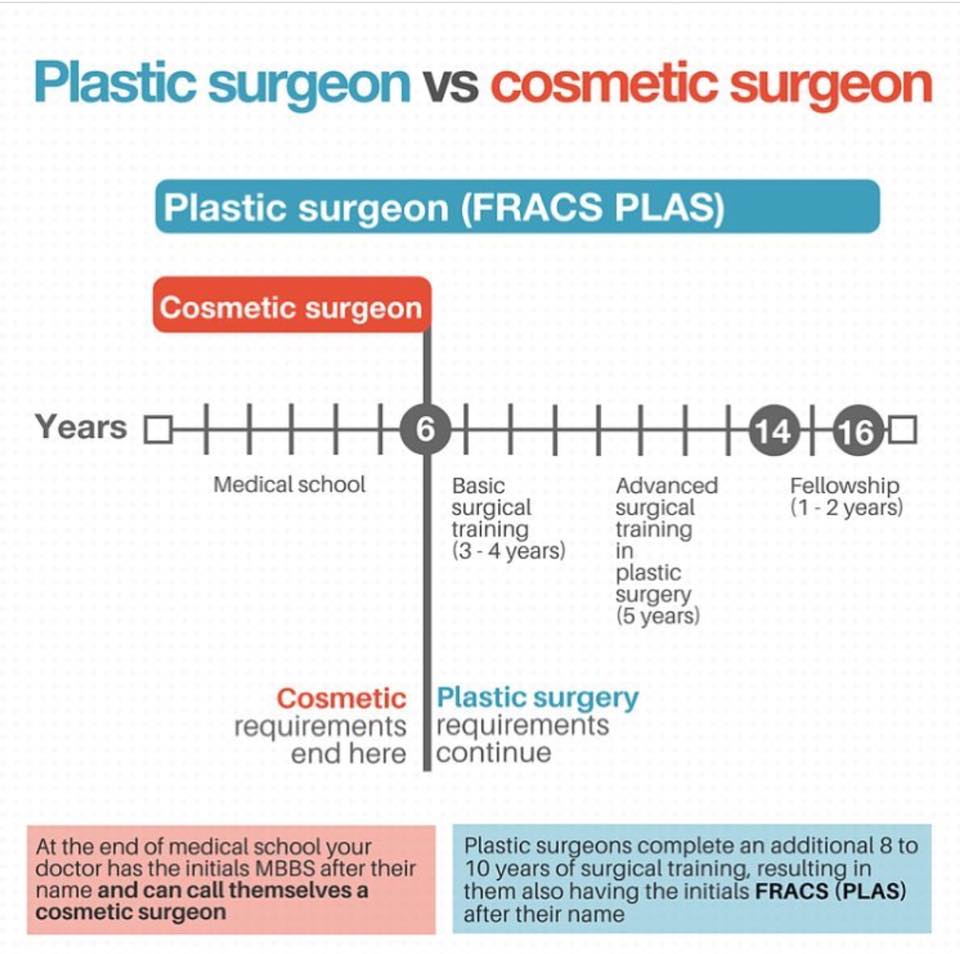Hormonal Acne - What is Hormonal Acne?
Hormonal acne is identified by stopped up pores and oily skin that normally appears on the chin and jawline. It occurs when hormone modifications trigger swelling and bacterial overgrowth within hair roots.
Breakouts may appear as whiteheads, blackheads, papules or pustules and cysts or nodules in more severe cases. It is more common in teens going through puberty but can affect adults of any age.
What Causes Hormonal Acne?
While acne can be caused by a variety of elements, including using hair and skin care products that aren't oil-free or made with ingredients that can obstruct pores, hereditary proneness, diet regimen,2 and stress and anxiety, the origin is rising and fall hormonal agents. Hormone acne happens when the body experiences hormone modifications and changes that result in an overproduction of sebum, which causes swelling, raised development of microorganisms and adjustments in skin cell task.
Hormonal acne is typically discovered on the lower jawline, cheeks and neck but can appear anywhere on the body. It is identified by imperfections that are cystic, excruciating and loaded with pus or various other product. It is likewise most likely to occur in women than males, specifically throughout adolescence, the menstrual cycle, pregnancy or menopause.
Age
While many children experience acne at some time throughout adolescence, it can continue to plague grownups well right into their adult years. Referred to as hormonal acne, this kind of outbreak is connected to fluctuations in hormones and is commonly most usual in ladies.
Hormonal acne occurs when oil glands generate way too much sebum, which blocks pores and traps dead skin cells. This leads to the development of acnes, such as whiteheads, blackheads and papules, pustules, cysts or nodules, deep under the surface area.
This sort of acne frequently causes discomfort, inflammation and inflammation. It might likewise be cyclical and appear around the very same time monthly, such as right before your duration begins. This is since levels of women hormones like progesterone and oestrogen fluctuate with each menstruation.
Menstrual Cycle
Hormonal acne normally appears in the reduced part of your face, along the jawline and cheeks, as whiteheads, blackheads or inflammatory acnes (pimples and cysts). It's more than likely to show up around the time when your menstruation modifications.
Especially around ovulation, when estrogen and progesterone degrees are on the rise, hormonal agent changes can cause outbreaks. But it's additionally possible to get acne at any type of point throughout your 28-day menstrual cycle.
If you notice that your hormone acne flares up right prior to your period, attempt observing when exactly this takes place and see if it associates with the stages of your 28-day menstruation. This will aid you pinpoint the origin of your skin difficulties. For example, you might want to work with balancing your blood sugar level and eliminating high-sugar foods, or consider a prescription drug like spironolactone that can regulate your hormonal agents.
Pregnancy
Expanding an infant is a time of significant hormonal adjustments. For lots of women, this consists of a flare-up of hormonal acne. This kind of breakout normally begins in the initial trimester, around week six. It's brought on by hormone rises that stimulate sweat glands to make more oil, which can block pores and cause even more bacteria to develop.
Outbreaks may additionally occur as a result of pre-existing problems like polycystic ovary syndrome, which can likewise be an issue during pregnancy and menopause. Additionally, some types of contraceptive pill (such as Ortho Tri-Cyclen and YAZ) can trigger hormone acne in some women.
Luckily, most acne therapies are "no-go" for expectant ladies (consisting of popular acne-fighting components such as isotretinoin and spironolactone). But if you can't stay clear of those bothersome bumps, your medical professional may suggest oral erythromycin or cephalexin, which are risk-free while pregnant.
Menopause
As women come close to menopause, the estrogen degrees that caused their hormonal agent acne to flare during the age of puberty begin to support and lower. At the same time, however, a spike in androgens danaige lazer (likewise called male hormones) happens because these hormones can not be exchanged estrogen as efficiently as previously.
The unwanted of androgens can set off oil manufacturing by the sweat glands, which clogs pores. When the blocked pores come to be inflamed and inflamed, an acne kinds.
Hormonal acne is usually seen on the face, specifically around the chin and jawline, but it can happen on the neck, back, shoulders, or upper body. This sort of acne tends to flare up in an intermittent pattern, comparable to the menstrual cycle. Tension, which raises cortisol and tosses hormones out of balance, likewise adds to the breakouts.

Comments on “How Do Probiotics In Skincare Help Acne”